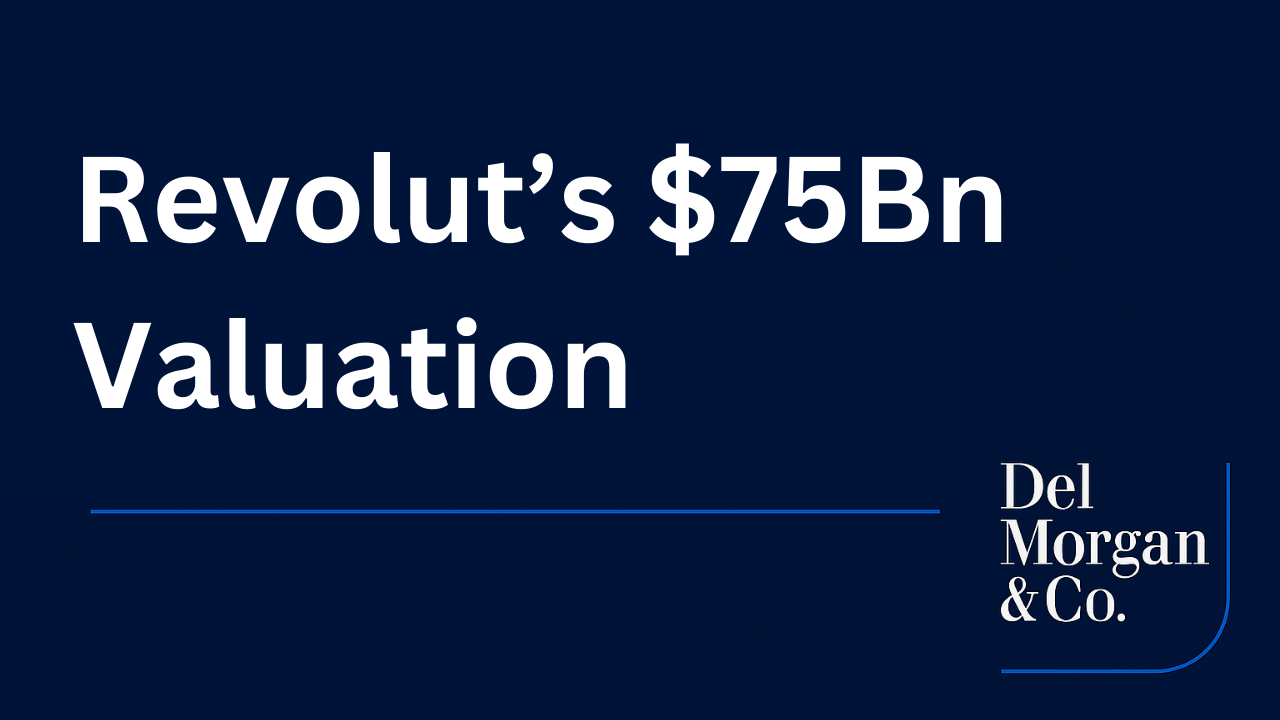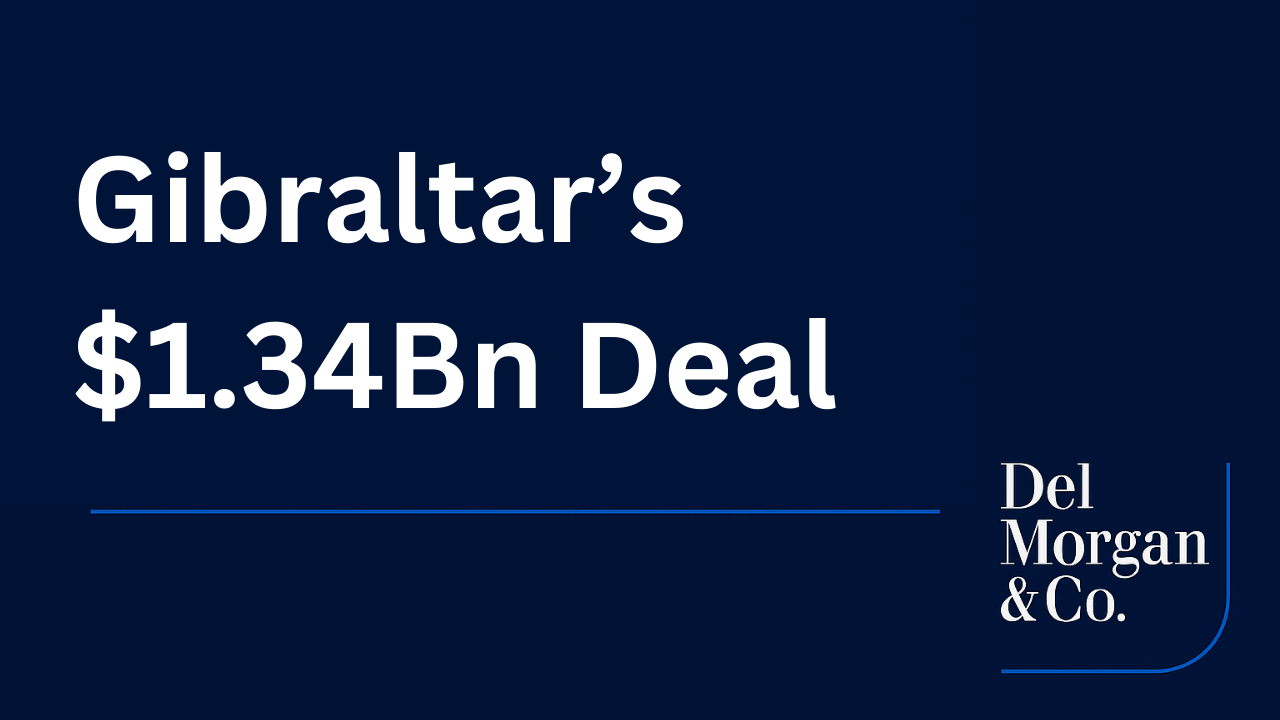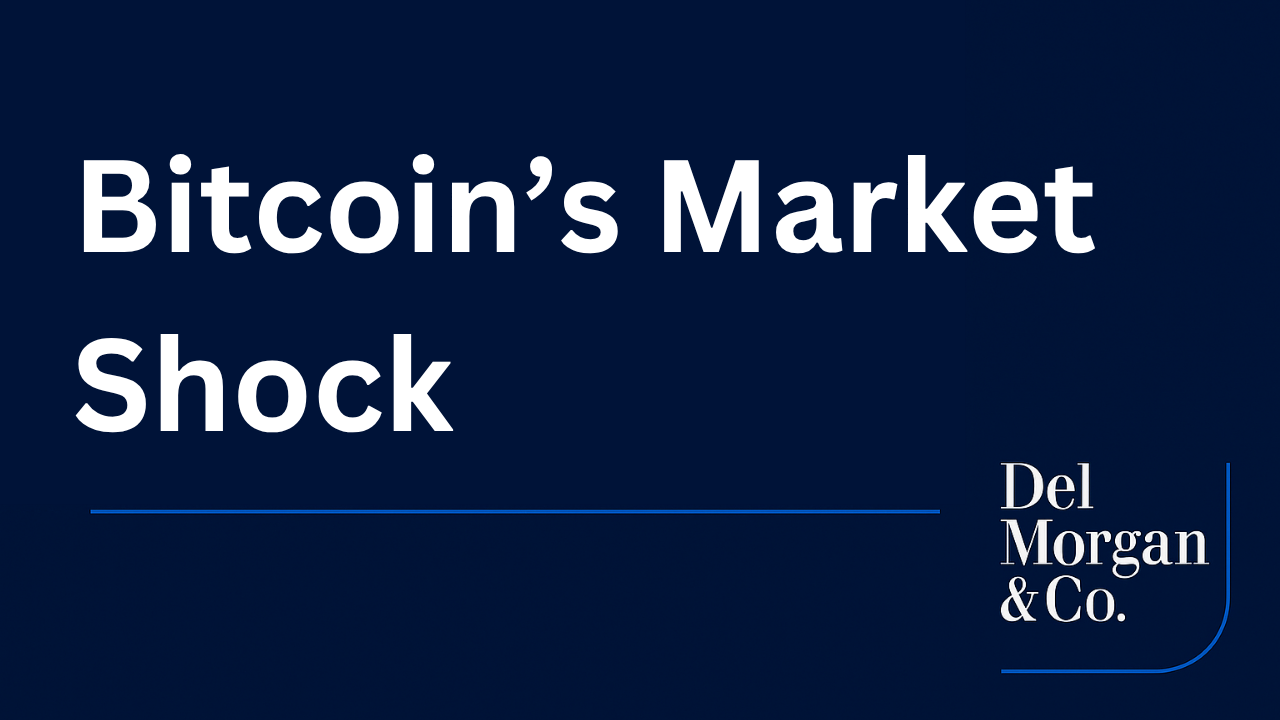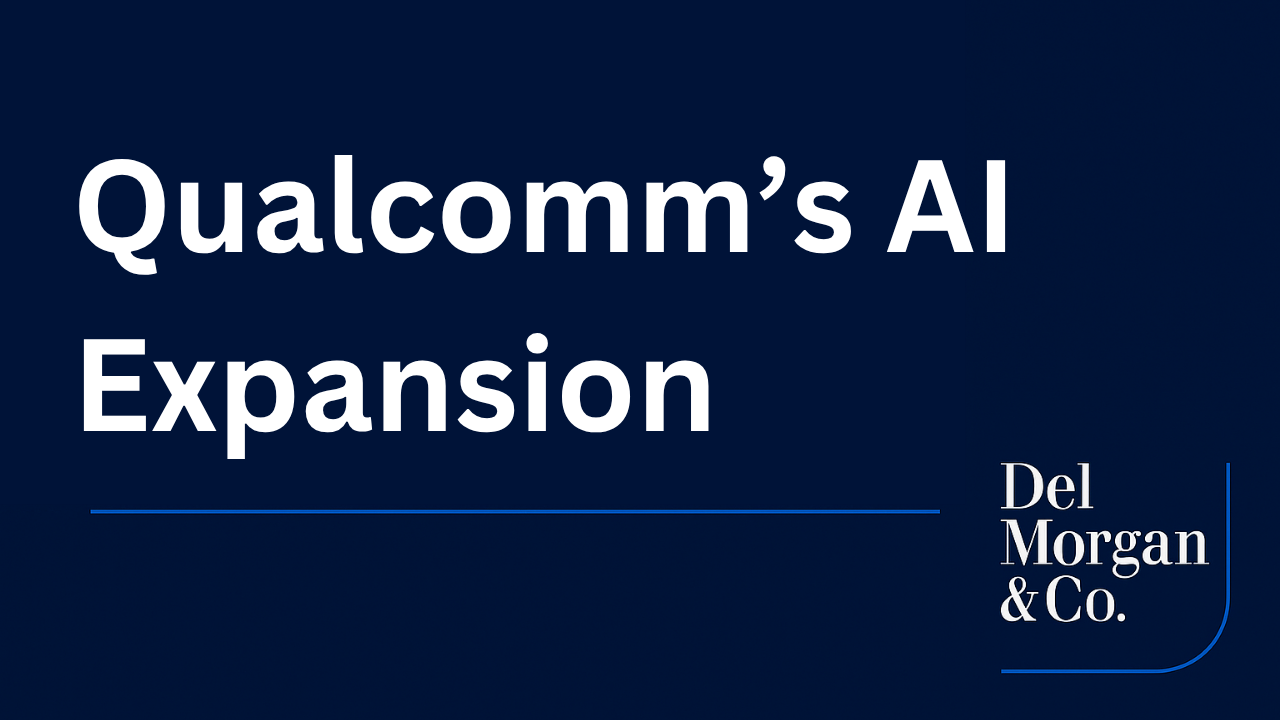The cybersecurity sector has emerged as a resilient investment opportunity in 2025, demonstrating notable performance despite recession concerns and ongoing geopolitical tensions. With market projections indicating expansion to $298.5Bn by 2028 at a compound annual growth rate of 9.4%, cybersecurity companies continue to attract significant investment as organizations worldwide prioritize digital defense mechanisms. This heightened focus on cybersecurity stems from a rise in high-profile breaches in 2024 — impacting firms such as AT&T, Fidelity, Dell and Snowflake — alongside broader concerns, including a 2025 accusation by the U.S. government that China hacked the Office of Foreign Assets Control (OFAC).

Volatile Markets Prompt Strategic Risk Planning
The U.S. economic outlook has become increasingly precarious in recent months, with multiple indicators suggesting heightened recession risk. In early April, J.P. Morgan Research raised the probability of a recession occurring in 2025 to 60%, reflecting growing concerns about the trajectory of economic policy. This assessment follows the Trump administration’s implementation of substantial tariffs on imports, creating significant market volatility and business uncertainty.
While the Conference Board’s Coincident Economic Index (CEI) rose by 0.8% over the six-month period between September 2024 and March 2025, industrial production declined for the first time since November 2024, serving as the only negative contributor in March. This mixed economic picture has prompted many organizations to reevaluate risk management strategies, with cybersecurity increasingly viewed as an essential investment regardless of broader economic conditions.
Cybersecurity’s Resilience During Economic Downturns
Unlike discretionary technology spending that often contracts during economic slowdowns, cybersecurity has demonstrated resilience through previous recessions. This counter-cyclical characteristic stems from the non-optional nature of digital protection in today’s interconnected business environment. A recent survey found that nearly 75% of organizations report growing cybersecurity budgets for 2025, with an impressive 81% indicating their security budgets are sufficient to achieve their security goals for the year. This continued investment reflects the understanding that cyber threats proliferate regardless of economic conditions, with threat actors often exploiting periods of organizational distress.
Organizations are increasingly adopting an exposure management approach to security, which promises a more intelligent and nuanced method for managing risk. This strategy takes into account the full spectrum of business risk rather than a narrower view of cyber risk alone, creating alignment between cybersecurity efforts and broader business objectives.
M&A Activity Accelerating Sector Consolidation
Merger & acquisition activity in the cybersecurity sector has proven durable and opportunistic in early 2025, building momentum from the previous year. Industry analysis indicates a strong start to 2025 with dozens of cybersecurity-related M&A deals announced in the first quarter alone, following over 400 such transactions in 2024. This consolidation trend reflects strategic efforts by established players to expand capabilities, access new markets and integrate complementary technologies.
Financial buyers became significantly more active in Q4 2024, with 13 transactions (compared to just 3 in the previous quarter), suggesting a healthy rebound in private equity interest. This trend is expected to strengthen throughout 2025 amid the ongoing debate over monetary policy, with any potential rate adjustments likely to facilitate acquisition financing and deal activity.
Security operations constitute the largest sub-sector driving activity, reflecting the critical shortage of security talent and strong demand for managed security services. Other key areas of acquisition interest include data protection, risk management and infrastructure security, particularly as organizations seek comprehensive solutions to combat ransomware and other sophisticated attack vectors.
Market Growth and Investment Dynamics
The cybersecurity sector offers compelling investment opportunities, as organizations continue prioritizing digital defenses amid economic uncertainty. According to Gartner estimates, global IT spending grew at an 8% rate in 2024, reaching $5.1 trillion, with 80% of CIOs increasing their cybersecurity budgets. This sustained investment creates favorable conditions for well-positioned cybersecurity vendors despite broader economic headwinds.
Several key trends are driving investment in 2025. Artificial intelligence remains at the forefront, with both defensive capabilities for threat detection and concerns about AI-powered attacks spurring innovation and spending. The rise of zero trust architecture represents another fundamental shift, moving beyond traditional perimeter-based security toward continuous verification of all users and devices. Finally, the integration of security into broader technology platforms through cybersecurity mesh architecture enables organizations to create modular, interoperable security ecosystems.
For investors concerned about potential economic turbulence, strategic allocation to cybersecurity offers portfolio resilience that few alternative technology investments can match. The sector’s demonstrated ability to maintain growth during previous economic contractions, combined with increasing regulatory requirements and evolving threat landscapes, creates a compelling case for sustained investment regardless of broader market conditions.
About DelMorgan & Co.
DelMorgan & Co. is a leading global investment bank headquartered in Santa Monica, in the greater Los Angeles area of Southern California. With over $300 billion of successful transactions in over 80 countries, DelMorgan‘s Investment Banking professionals have worked on some of the most challenging, most rewarding and highest profile transactions in the U.S. and around the globe.









